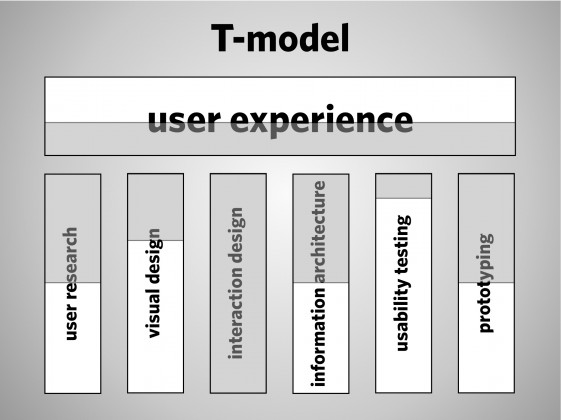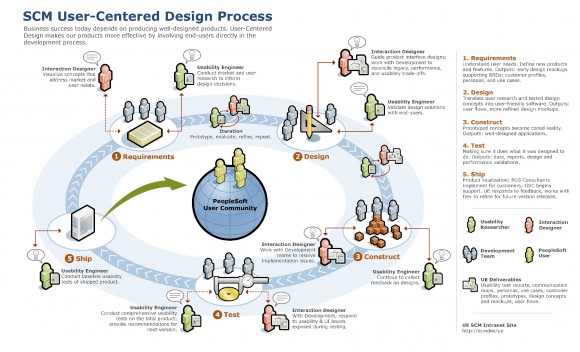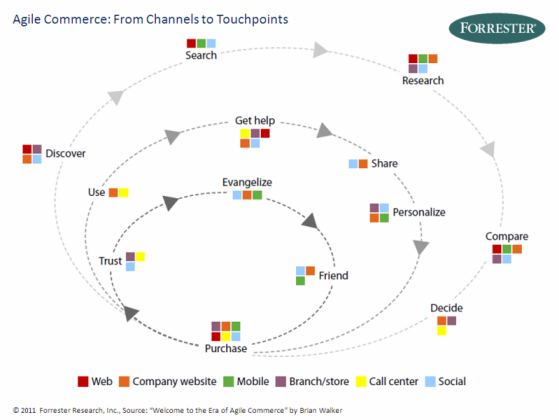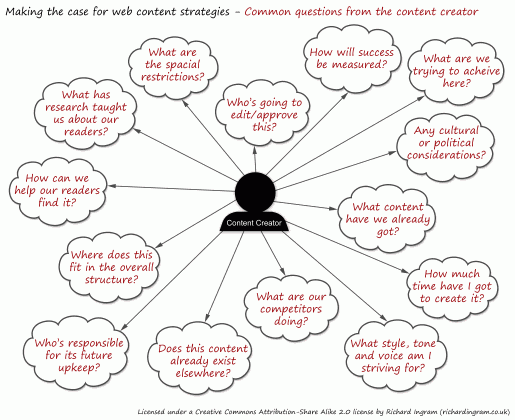W najświeższym wydaniu Touchpoint 2#3 – Connecting the Dots, czasopiśmie poświęconemu w całości projektowaniu usług (ang. service design), można znaleźć krótki, pozbawiony liczb ale bardzo ciekawy artykuł o zmianach wprowadzanych w Deutsche Banku w celu osiągnięcia ‘efektu wow’ dla klientów. Mi szczególnie utkwił w głowie poniższy fragment:
Therefore, the ‘wow’ effect is not a by-product achieved by accident: it must be carefully planned and implemented in order to reinforce customer loyalty and retention. What are the prerequisites for successfully achieving this? For a start, one must keep an eye on the signs of change and establish a flexible quality-management system that can be adapted to ever-changing customer requirements. Creating the ‘wow’ effect is a constant process of monitoring and redefining the parameters that count in the perception of the customer.
The art of wowing the customer, Stefan Schick, Touchpoint 2#3 – Connecting the Dots











Recent Comments